The “Karen” haircut is one that is either loved or avoided due to the stereotype that it’s acquired over the years. A distinct look – largely a unique twist on a classic bob – it’s a versatile cut in terms of how it can be layered and presented.
Reading on to learn more about this unique hairstyle, including which variations people will likely want to avoid.
Table of Contents
What is a Karen haircut?
Are Karen haircuts popular?
Variations of Karen haircuts to avoid, and their fixes
Summing up
What is a Karen haircut?
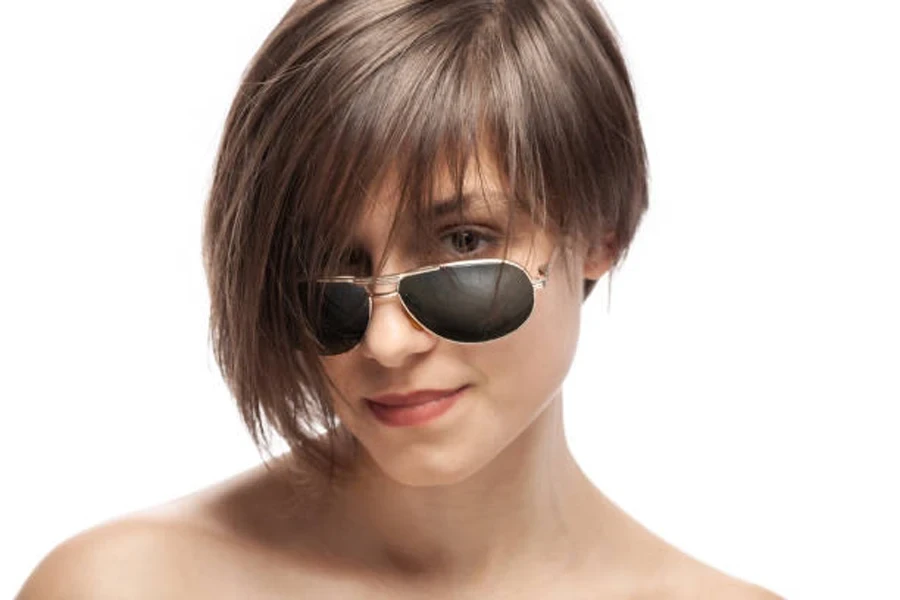
The Karen haircut falls under the “bob” classification of hairstyles. It’s typically short and angled, with layers at the back that add volume to the look. These layers are usually paired with a longer and asymmetrical front section. The Karen haircut often includes chunky blond or platinum streak highlights, giving it an edgier look compared to other bobs.
Despite this unique hairstyle sometimes – especially in America – being associated with the stereotype of a demanding, entitled, and often confrontational woman, new variations with softer layers and updated styling techniques, giving the haircut a more modern vibe, are starting to emerge.
Are Karen haircuts popular?
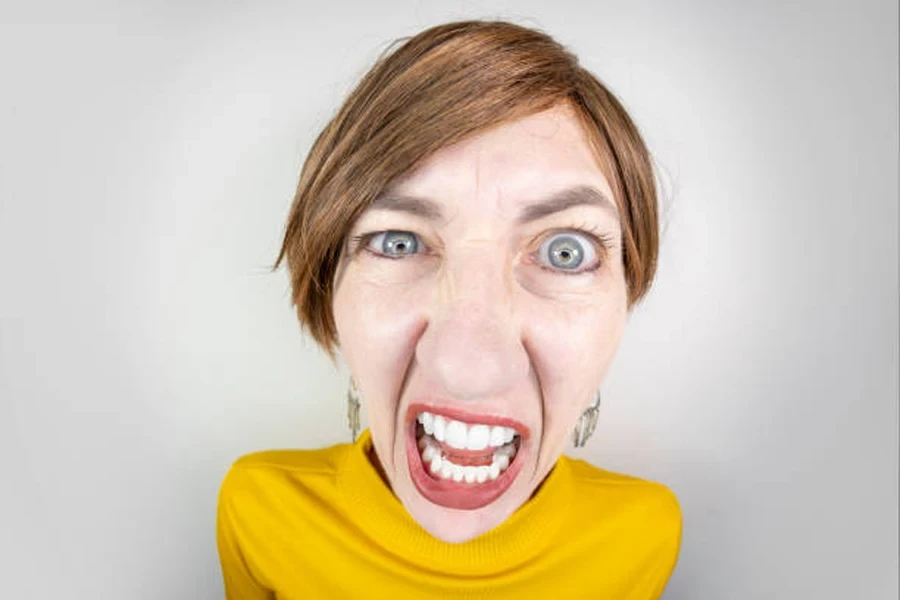
While Karen haircuts might be avoided because of the aforementioned reasons, modern versions, such as those with asymmetrical cuts or layered pixie cuts, are popular among various age groups.
For example, “Karen haircut” still receives an average of 90,500 searches per month, according to Google Ads. The most searches appear in November, when they reach 110,000, with searches remaining quite steady through the remainder of the year.
Variations of Karen haircuts to avoid, and their fixes
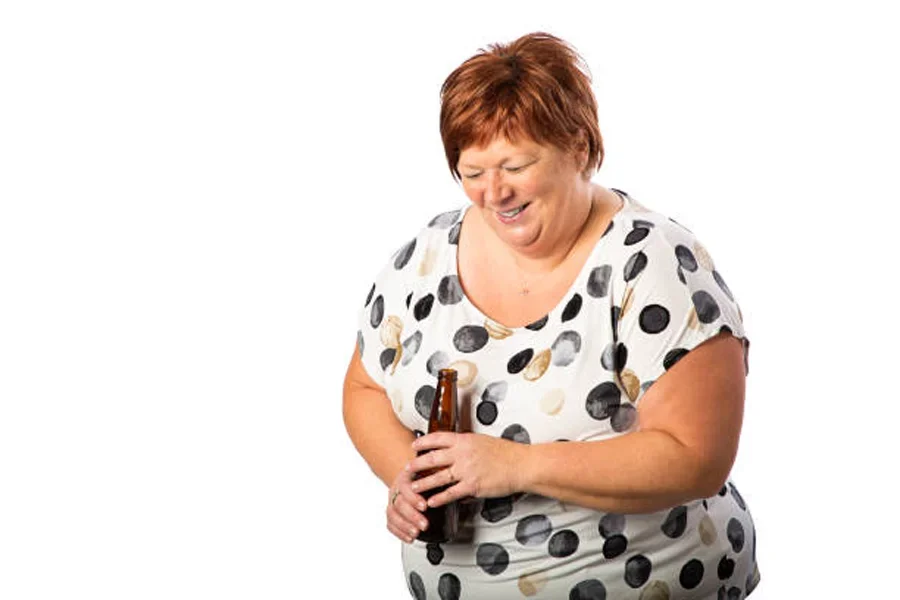
While the Karen haircut isn’t a complete “no-go zone,” certain variations may want to be avoided by people looking to steer clear of certain stereotypes and still achieve a modern look. Let’s dive in.
Harsh-angled bob
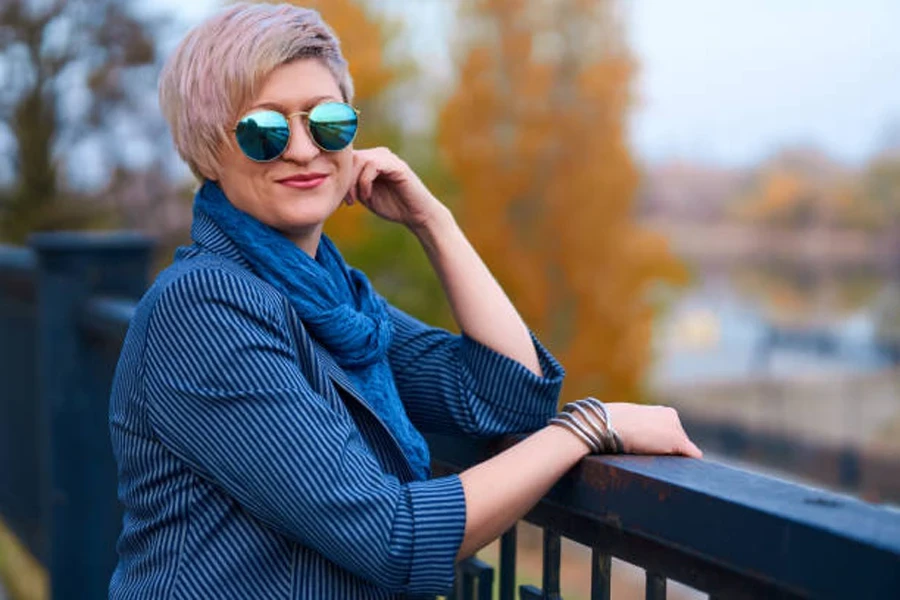
One Karen haircut to avoid is the harsh-angled bob. This variation features stacked layers, a steep angle from front to back, and a face-framing cut that extends toward the collarbone. It’s a dramatic shape that’s usually paired with chunky highlights. A softer and more blended bob with a “friendlier” structure makes for a modern alternative.
Voluminous pixie cut
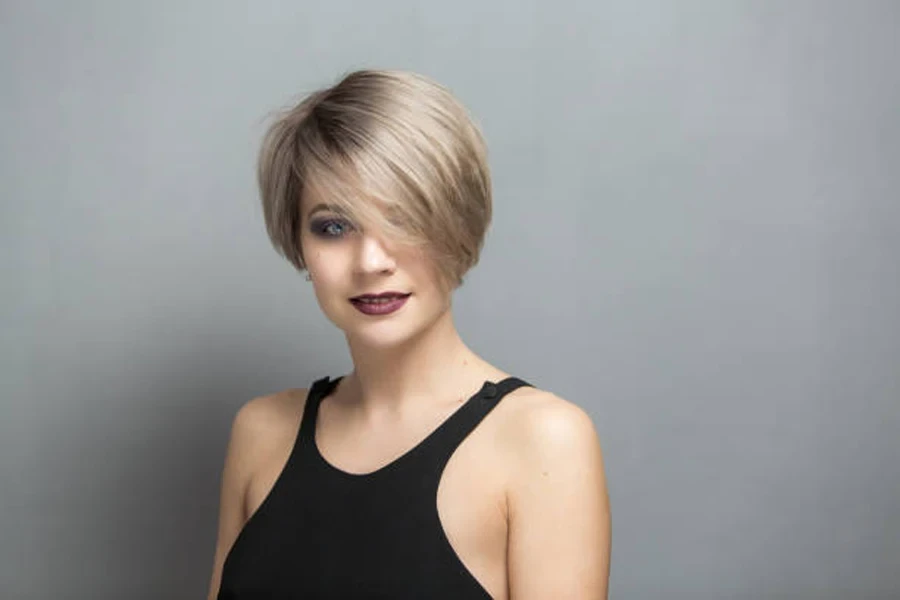
The voluminous pixie cut is a bolder style that features choppy layers with lots of height at the crown. The jagged and uneven layers help to build texture and give it more of a contrast. This Karen haircut is often paired with big color contrasts or chunky highlights. If the top of the haircut is excessively styled, it can feel outdated, which many people will want to avoid. However, more subtle adaptations of a pixie cut remain popular and a good alternative.
Abrupt color contrasts
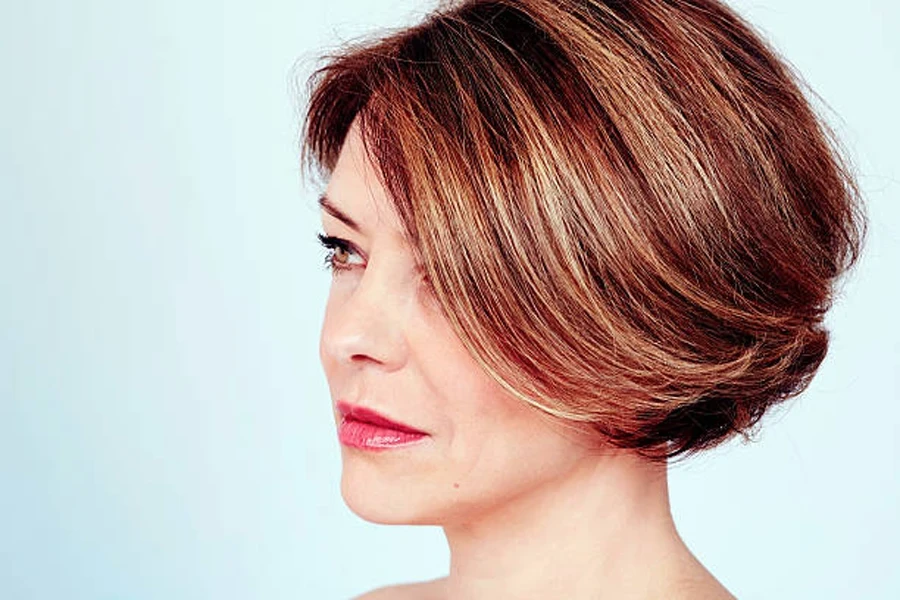
Karen cuts are asymmetrical bobs that create an eye-catching imbalance. The addition of abrupt color contrasts, such as platinum highlights against dark roots, provides an even harsher look that wearers may want to avoid. This variation is also associated with being confrontational and intense, so it’s generally not a popular look. Having a more subtle asymmetrical cut alongside blended, natural tones can provide an edgy effect that has fewer negative connotations.
Stacked bob
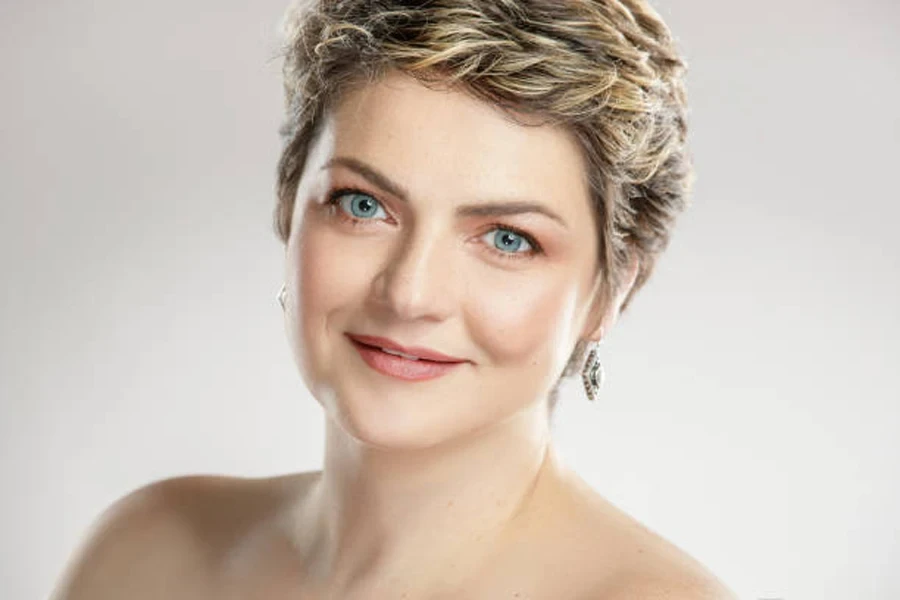
The stacked bob is one of the most common types of Karen haircuts. It features a dramatic build-up of volume at the back that tapers toward the front, which creates a rounded and full shape that’s often paired with bold highlights. The stacked bob’s distinct, sharp layers and volume can look very intense and structured, which is why it ranks highly on the list of stereotypical “Karen” haircuts. By opting for more natural and softer layers, this hairstyle can take on a fresher look with a more modern vibe.
Long front, short back
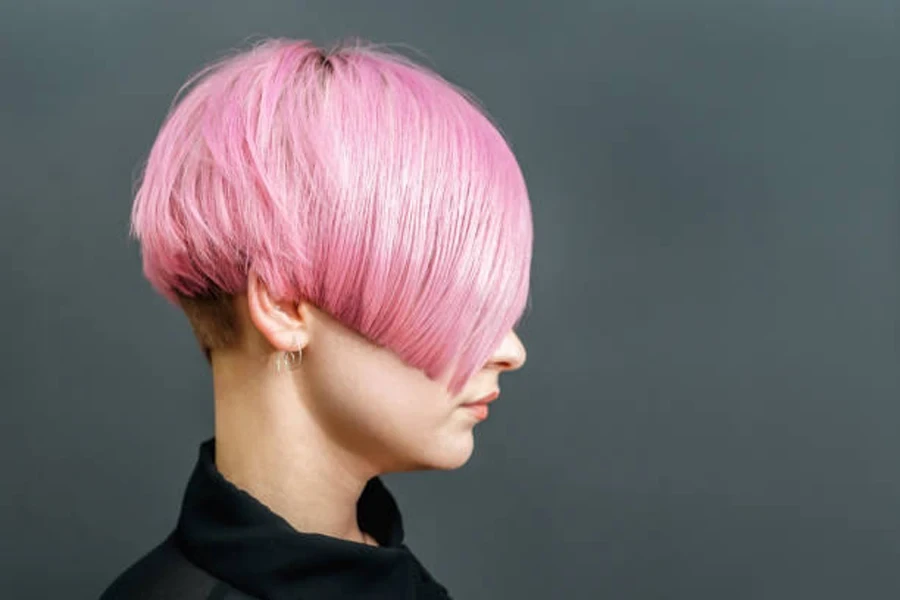
A long front and short back hairstyle is another haircut commonly associated with “Karens,” and therefore one to avoid. It features excessive layering with a sharply tapered back that slowly transitions into a long, face-framing front piece. The layers help to create more volume and height at the crown, which generates a structured shape. Due to its intense, choppy appearance that’s usually paired with harsh highlights, this look screams “Karen” to many people, but by reducing the layers and switching to softer colors, a similar silhouette can be achieved but with a more approachable and relaxed feel.
Summing up
While Karen haircuts were once popular, they’ve become associated with negative stereotypes over the years, leading to them being avoided by many wearers. However, many hairstylists now incorporate modern twists into the look to create new haircut variations that are more appealing to clients.





 Afrikaans
Afrikaans አማርኛ
አማርኛ العربية
العربية বাংলা
বাংলা Nederlands
Nederlands English
English Français
Français Deutsch
Deutsch हिन्दी
हिन्दी Bahasa Indonesia
Bahasa Indonesia Italiano
Italiano 日本語
日本語 한국어
한국어 Bahasa Melayu
Bahasa Melayu മലയാളം
മലയാളം پښتو
پښتو فارسی
فارسی Polski
Polski Português
Português Русский
Русский Español
Español Kiswahili
Kiswahili ไทย
ไทย Türkçe
Türkçe اردو
اردو Tiếng Việt
Tiếng Việt isiXhosa
isiXhosa Zulu
Zulu